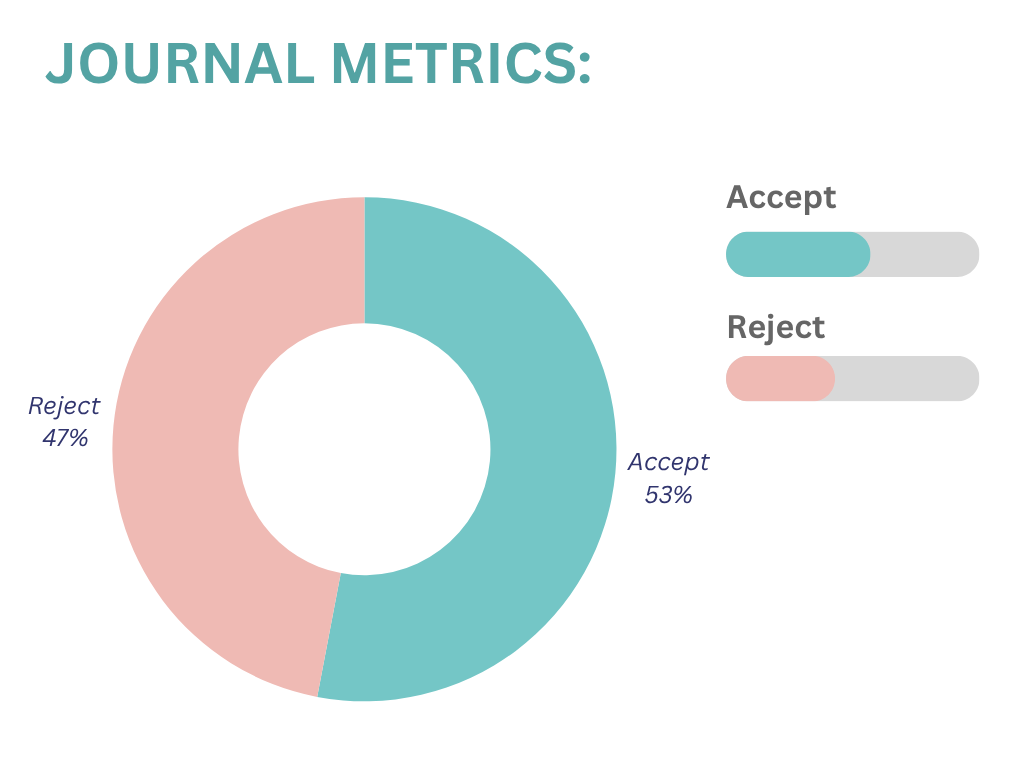AI-based fault detection in IoT cloud systems
Abstract
This paper investigates the use of Artificial Intelligence (AI) technologies for identifying faults in Internet of Things (IoT) cloud systems. By utilizing machine learning and deep learning models, the suggested method seeks to improve fault detection accuracy, minimize downtime, and enhance resource allocation in IoT-enabled cloud settings. The research reviews a range of AI models, assesses their effectiveness on IoT cloud data, and introduces an optimized hybrid model. The findings indicate significant improvements in fault detection rates and management of cloud resources. The study also discusses the implications for the robustness of cloud systems and the monitoring of real-time IoT applications.
Keywords:
Artificial intelligence, Internet of things cloud systems, Fault detection, Machine learning, Cloud computingReferences
- [1] Parida, B. R., Rath, A. K., & Mohapatra, H. (2022). Binary self-adaptive salp swarm optimization-based dynamic load balancing in cloud computing. International journal of information technology and web engineering (IJITWE), 17(1), 1-25. https://doi.org/10.4018/IJITWE.295964
- [2] Botta, A., De Donato, W., Persico, V., & Pescapé, A. (2016). Integration of cloud computing and internet of things: A survey. Future generation computer systems, 56, 684-700. https://doi.org/10.1016/j.future.2015.09.021
- [3] Mohapatra, H., Rath, A. K., & Panda, N. (2022). IoT infrastructure for the accident avoidance: An approach of smart transportation. International journal of information technology, 14(2), 761-768. https://doi.org/10.1007/s41870-022-00872-6
- [4] Altawaiha, I., Atan, R., Yaakob, R. B., & Abdullah, R. B. H. (2024). Assessing and prioritizing crucial drivers for cloudiot-based healthcare adoption: An analytic hierarchy process approach. International journal of information technology, 1-18. https://doi.org/10.1007/s41870-024-01742-z
- [5] Ghasemi Parvin, B., & Ghasemi Parvin, L. (2023). Applications of artificial intelligence in fault detection and prediction in technical systems. 14th international conference on recent developments in management and industrial engineering. Figshare. http://dx.doi.org/10.6084/m9.figshare.25180289
- [6] Thakfan, A., & Bin Salamah, Y. (2024). Artificial-intelligence-based detection of defects and faults in photovoltaic systems: A survey. Energies, 17(19), 4807. https://doi.org/10.3390/en17194807
- [7] Díaz, M., Martín, C., & Rubio, B. (2016). State-of-the-art, challenges, and open issues in the integration of Internet of things and cloud computing. Journal of network and computer applications, 67, 99–117. https://doi.org/10.1016/j.jnca.2016.01.010
- [8] Stergiou, C., Psannis, K. E., Kim, B. G., & Gupta, B. (2018). Secure integration of IoT and cloud computing. Future generation computer systems, 78(Special Issue), 964–975. https://doi.org/10.1016/j.future.2016.11.031
- [9] Botta, A., de Donato, W., Persico, V., & Pescapé, A. (2016). Integration of cloud computing and internet of things: A survey. Future generation computer systems, 56(Special Issue), 684–700. https://doi.org/10.1016/j.future.2015.09.021
- [10] Uppal, M., Gupta, D., Juneja, S., Dhiman, G., & Kautish, S. (2021). Cloud-based fault prediction using IoT in office automation for improvisation of health of employees. Journal of healthcare engineering, 2021(1), 8106467. https://doi.org/10.1155/2021/8106467
- [11] Kashpruk, N., Piskor-Ignatowicz, C., & Baranowski, J. (2023). Time series prediction in industry 4.0: A comprehensive review and prospects for future advancements. Applied sciences, 13(22), 12374. https://doi.org/10.3390/app132212374
- [12] Ahmed, I., Jeon, G., & Piccialli, F. (2022). From artificial intelligence to explainable artificial intelligence in industry 4.0: A survey on what, how, and where. IEEE transactions on industrial informatics, 18(8), 5031–5042. https://doi.org/10.1109/TII.2022.3146552
- [13] Lu, Y. (2019). Artificial intelligence: A survey on evolution, models, applications and future trends. Journal of management analytics, 6(1), 1–29. https://doi.org/10.1080/23270012.2019.1570365
- [14] Noshad, Z., Javaid, N., Saba, T., Wadud, Z., Saleem, M. Q., Alzahrani, M. E., & Sheta, O. E. (2019). Fault detection in wireless sensor networks through the random forest classifier. Sensors, 19(7), 1568. https://doi.org/10.3390/s19071568
- [15] Teles, G., Rodrigues, J. J. P. C., Rabelo, R. A. L., & Kozlov, S. A. (2021). Comparative study of support vector machines and random forests machine learning algorithms on credit operation. Software: practice and experience, 51(12), 2492–2500. https://doi.org/10.1002/spe.2842
- [16] Usama, M., Qadir, J., Raza, A., Arif, H., Yau, K. A., Elkhatib, Y., Hussain, A., & Al-Fuqaha, A. (2019). Unsupervised machine learning for networking: Techniques, applications and research challenges. IEEE access, 7, 65579–65615. https://doi.org/10.1109/ACCESS.2019.2916648
- [17] Berahmand, K., Daneshfar, F., Salehi, E. S., Li, Y., & Xu, Y. (2024). Autoencoders and their applications in machine learning: A survey. Artificial intelligence review, 57. https://doi.org/10.1007/s10462-023-10662-6


